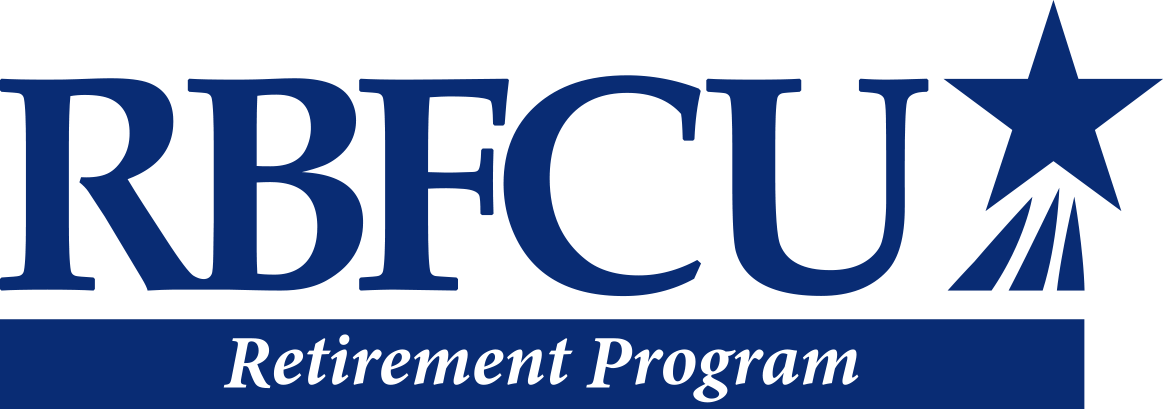403(b) Retirement Plans: Mutual Funds, Annuities and Other Key Terms
Interested in investing in a 403(b) retirement plan as a Texas K-12 school employee? To help you better understand this particular investment strategy, let's explore relevant key terms and insights, including mutual funds and annuities.
.jpg?sfvrsn=7d96b2a8_4)
From the first bell of the school day to time spent well after the buses leave, school employees work long days focused on students with little time for anything else. Schedules are tight year-round, and there are no extra minutes to spare.
Yet, when it comes to your retirement planning efforts, time can be your best friend. By starting a 403(b) retirement plan early in your career — or at least as soon as you realize that the option is available — you may be able to make the most of your time and money.
Why might a TRS plan not cover your retirement needs?
Income replacement ratio is a term you often hear about in (or while) retirement planning. That’s simply your retirement income reflected as a percentage of your pre-retirement income, or what you’re making now while you’re still working. The income replacement ratio tells you what you’ll need your investments to provide to cover your financial needs in retirement.
The Teacher Retirement System of Texas (TRS)1 estimates a school employee’s pension from TRS will cover only about 69% of a retiree’s financial needs. That means you’ll likely want to consider other income sources to help you live comfortably in retirement.
There are several investment strategies and solutions that can help close the gap between your TRS pension benefits and retirement costs. A financial advisor, particularly one with experience helping K-12 public school faculty and staff, can help you identify what might work for your unique financial situation. Moreover, although we'll share more details on 403(b) plans specifically in a moment, the plans are a common retirement strategy for many of today’s school professionals.
What else should Texas school employees keep in mind?
Because most Texas school districts do not participate in Social Security,2 many school employees can only rely on TRS pensions and personal financial plans to create their retirement nest eggs.
It’s important to note, however, that if you believe you may also be eligible for Social Security Retirement benefits due to other employment, your benefits may be reduced due to a federal statute called the Windfall Elimination Provision (WEP).3
Originally passed by Congress decades ago in order to keep employees who receive non-covered pensions (including TRS) from collecting higher Social Security Retirement benefits, today the WEP formula is a sensitive subject for many teachers, staff and retirees. Basically, it’s one that many people feel is out of touch with current economic realities.
UPDATE: On January 5, 2025, the Social Security Fairness Act, HR 82, was signed into law. Once implemented, this federal act eliminates the reduction of Social Security Retirement benefits through the Windfall Elimination Provision (WEP) and the Government Pension Offset (GPO) for many public sector employees, including teachers. The Social Security Administration will share updates and answer questions online4 as more information becomes available. Of course, our financial advisors, who specialize in serving Texas educators, can help you explore how these changes might impact your retirement planning.
How do 403(b) plans help Texas school employees?
School employees who work in Texas school districts have the option of enrolling in a 403(b) retirement plan. Named after section 403(b) of the Internal Revenue Code,5 this type of investment plan is specifically designated for employees in the education and nonprofit sectors to help them build retirement funds.
Again, enrolling in a 403(b) plan can be a simple way to help bridge the financial gap between your TRS pension and your financial goals for retirement.
How much can you contribute to a 403(b) plan annually?
According to the IRS,6 eligible school employees under 50 years old can contribute up to $23,500 annually to a 403(b) plan. Nearing retirement age? If you are 50 years or older, you are allowed to contribute $31,000 annually.
»Tip: As there are limits on annual additions (e.g., the combination of all employer contributions and employee elective salary deferrals to all 403(b) accounts), you may want to discuss the finer details of what the IRS will permit with a tax advisor or attorney for greater clarity.
403(b) investment choices: mutual funds or annuities
If you opt to add a 403(b) plan to your retirement investments, it’s important to understand your investment choices and how mutual funds and annuities can work within them.
Mutual funds are investment vehicles that:
- Pool assets from many investors to purchase securities such as stocks, bonds and short-term debt
- Offer diversity and flexibility
- Are managed by professional money managers
- May have high expenses
Annuities are contracts sold by insurance companies and distributed by financial institutions that may:
- Guarantee the buyer a future payout amount, offering a fixed-income stream similar to a pension
- Be either variable or fixed
- Tend to have higher fees upfront
Choosing between a 403(b) versus Roth 403(b)
To choose the right investment path to retirement, you’ll also want to consider the tax implications of your investments — and when you’d rather pay those taxes. A financial advisor can help you decide what would be suitable for your individual situation, be it a Traditional 403(b) or a Roth 403(b).
- Pre-tax contributions are deducted from your paycheck and transferred into a Traditional 403(b) plan before federal and state income taxes are paid. This allows your taxable income to be smaller as you contribute to your retirement. You’ll ultimately pay taxes, but that occurs when you withdraw your money from your 403(b), usually during retirement.
- Post-tax contributions are available through Roth 403(b) plans, and you can contribute to retirement savings after you've paid income taxes. Additionally, once you retire, qualifying withdrawals from your 403(b) will be tax-free.
The takeaway
Whatever retirement solution(s) you choose, taking time now to understand your options can help ensure you are prepared when you’re ready to step away from your career in education. The financial advisors with the RBFCU Retirement Program would be happy to help you become more informed.




